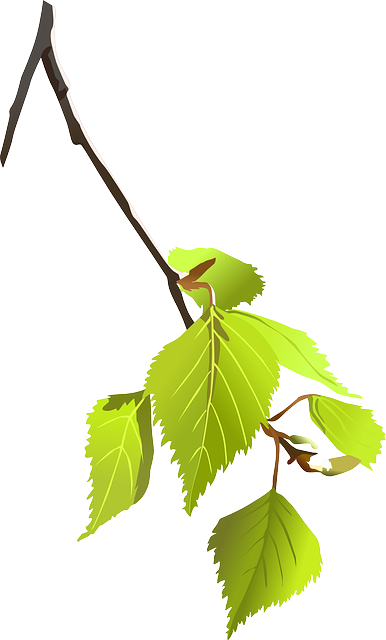In the aftermath of a storm, navigating storm damage cleanup in Easley, SC, often involves dealing with fallen or damaged trees. Understanding storm damage and tree safety is crucial for ensuring your property and loved ones are secure. This article guides you through recognizing when to call for emergency tree removal in Easley, SC, detailing the safe removal process and offering post-removal care tips to prevent future storm-damaged trees.
- Understanding Storm Damage and Tree Safety
- When to Call for Emergency Tree Removal in Easley, SC
- The Process of Safe Tree Removal After a Storm
- Post-Removal Care and Prevention Tips for Storm-Damaged Trees
Understanding Storm Damage and Tree Safety
Storm damage can render trees unstable and pose significant safety risks, especially after severe weather events in Easley SC. Understanding what constitutes storm damage is crucial for assessing tree safety. Fallen branches, snapped limbs, or uprooting are clear indicators that a tree may be dangerous. During storms, trees can sustain internal injuries, such as cracked trunks or split branches, which might not be immediately apparent but could lead to catastrophic failures later.
When evaluating tree safety after storm damage, it’s essential to consider the potential impact on structures and people. Trees that show signs of weakness or are in close proximity to homes, power lines, or other infrastructure require prompt attention. Retaining a qualified arborist for an inspection is recommended to ensure the best course of action, whether it involves emergency tree removal or targeted pruning to stabilize the tree.
When to Call for Emergency Tree Removal in Easley, SC
In the event of a storm, it’s crucial to act swiftly when trees are damaged and pose a potential hazard in Easley, SC. If a severe storm has left your property with fallen or heavily leaning trees, it’s time to call for emergency tree removal services immediately. Storm damage cleanup is a priority, especially if there’s a risk of injury or further property damage from unstable trees.
When safety is concerned, professional tree removal experts in Easley are equipped to handle the situation promptly. They can assess the storm damage and determine if the trees should be pruned, supported, or completely removed. Quick action not only protects your family and nearby structures but also prevents potential risks associated with dead or damaged trees during post-storm cleanup efforts in Easley, SC.
The Process of Safe Tree Removal After a Storm
After a storm hits, damaged trees in Easley, SC, require immediate attention to ensure safety and prevent further property damage. The process of safe tree removal involves several critical steps. First, professionals assess the extent of storm damage, identifying trees that are at risk of falling or dropping branches. This careful inspection helps in planning the most effective and safest removal strategies.
Next, skilled arborists use specialized equipment to carefully cut and remove the damaged trees. They prioritize minimizing disruption to surrounding areas and structures. Proper techniques are employed to prevent debris from causing additional harm during extraction. Once the tree is removed, the cleanup process begins, including removing branches, trunk sections, and any remaining debris left behind by the storm. Effective storm damage cleanup in Easley, SC, ensures a safer environment and reduces the risk of future incidents.
Post-Removal Care and Prevention Tips for Storm-Damaged Trees
After emergency tree removal in storm-damaged areas, proper post-removal care is crucial to ensure the health and safety of remaining trees and your property. Begin by clearing the area thoroughly, removing any debris, and securing loose bark or branches. Prune any dead or damaged limbs back to healthy wood, promoting new growth and strengthening the tree’s structure. Applying a fresh layer of mulch around the base can help protect the roots from further damage and regulate moisture levels.
To prevent future storm damage in Easley SC, consider these tips. Regularly inspect your trees for signs of weakness or disease, addressing issues promptly. Strengthen weaker branches through proper pruning to reduce the risk of breakage. Implement a lightning protection system for high-risk areas, as lightning strikes can cause severe tree damage during storms. Lastly, stay informed about potential severe weather warnings and take proactive measures to protect your trees and property.
